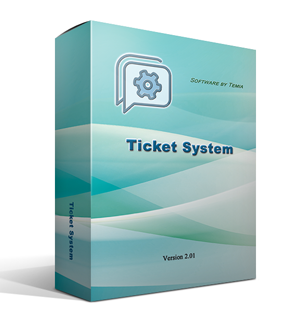Platform: Windows
Link: Download DEMO-Version (Use free for 30 days)
Price: 39,99 €
Platform: Mac OS
Link to iTunes Store
Application
The software is designed to optimize the working process of task performance. The software carries out task tracking, controls the status of their performance, and at the same time it is a communication tool between the software users.
Tasks
It is possible to create "tasks" within the software. Each task has its number, name, status, priority, detailed description and other information. The software allows flexible setting, e.g., the administrator can edit the list of possible statuses specifying which of them must be read as "completed".
A category and a subcategory can be assigned to each task. Depending on the selected fields, additional task properties can be defined.
Users can leave their comments and change the "active executor".
Actual and estimated effort
The software allows to calculate task "effort" that were required for its execution by summing up all user "effort".
Reminders
The software supports a "reminder" function. By adding a reminder to the task and specifying the date, this task can be easily found in the list of active reminders.
Creating sets of tasks
Creating sets of tasks is an important function. When a set of tasks is created, a task that will be created within a certain period of time can be specified. At the same time, certain days of the week or of the month can be entered for the tasks to be created. It is possible to limit the number of such tasks by time or by quantity. Also, it is possible to create a task after a certain period of time when the previous one from the set is completed (the task is considered completed if its status is defined as "completed" ("Settings -> Server -> status (completed)").
Printing and statistics
The software allows to print out all lists or save them as PDF. Also, it has detailed statistics.
Special features of software operation
The software is designed for users' operation within one local network. And one of the software users should run it in the server mode, then all the software data will be automatically stored on his computer. Other users should run the software in the client mode and specify the name of their computer and the port number. Login data are created on the server user's computer. These data are required for identification and logging in to the software.
The software has a transaction mode. If a user is editing a certain task, other users cannot do the same, they are able only to view the task until the editing user finishes working with it.





